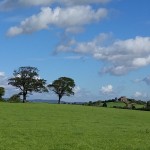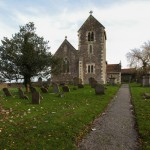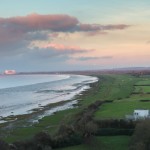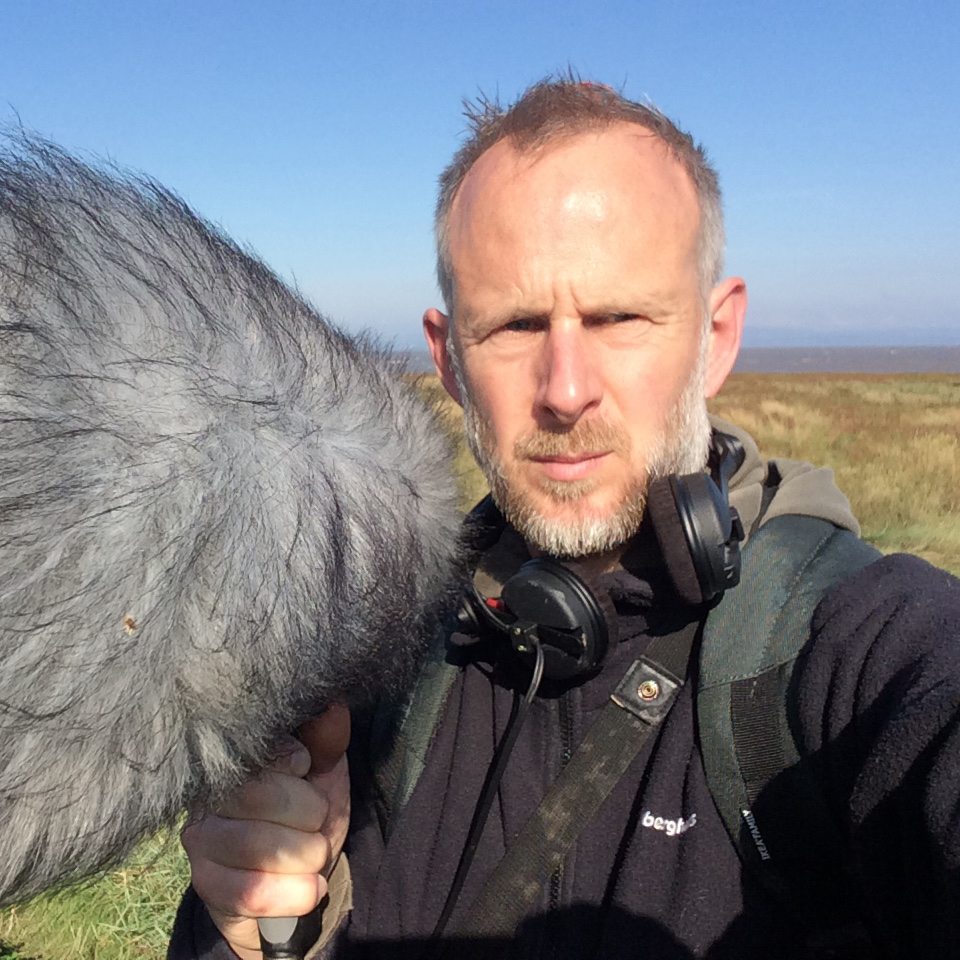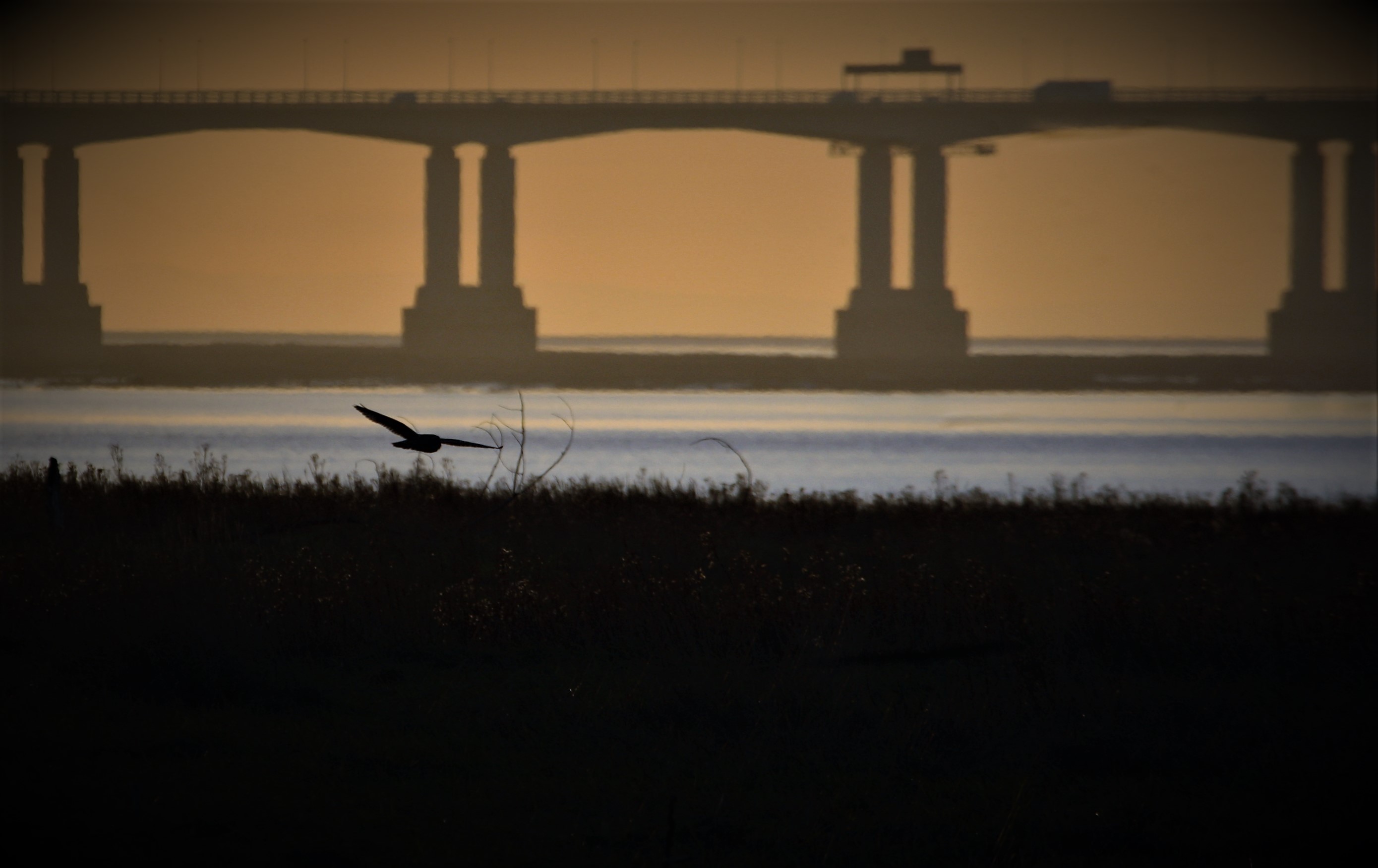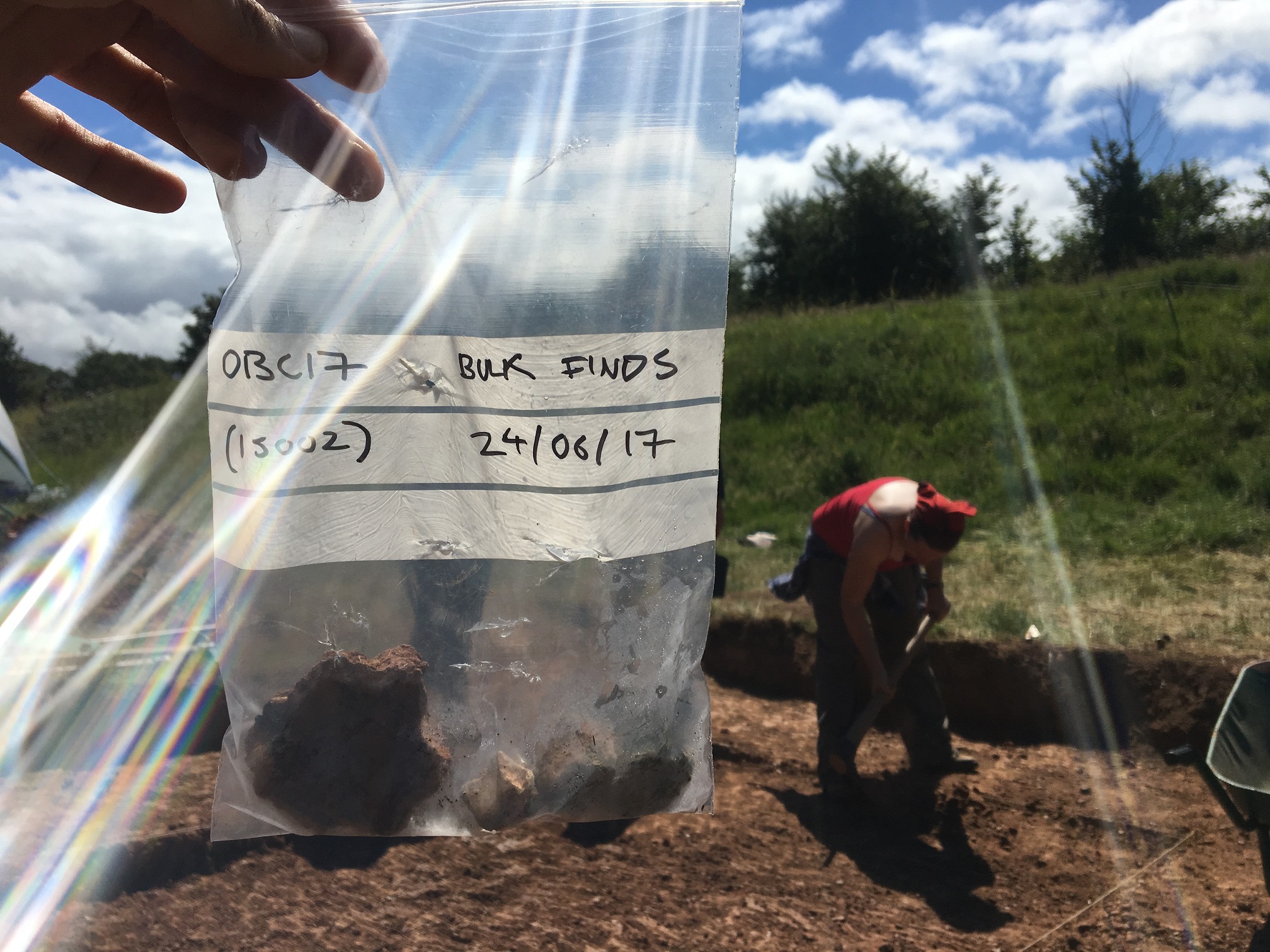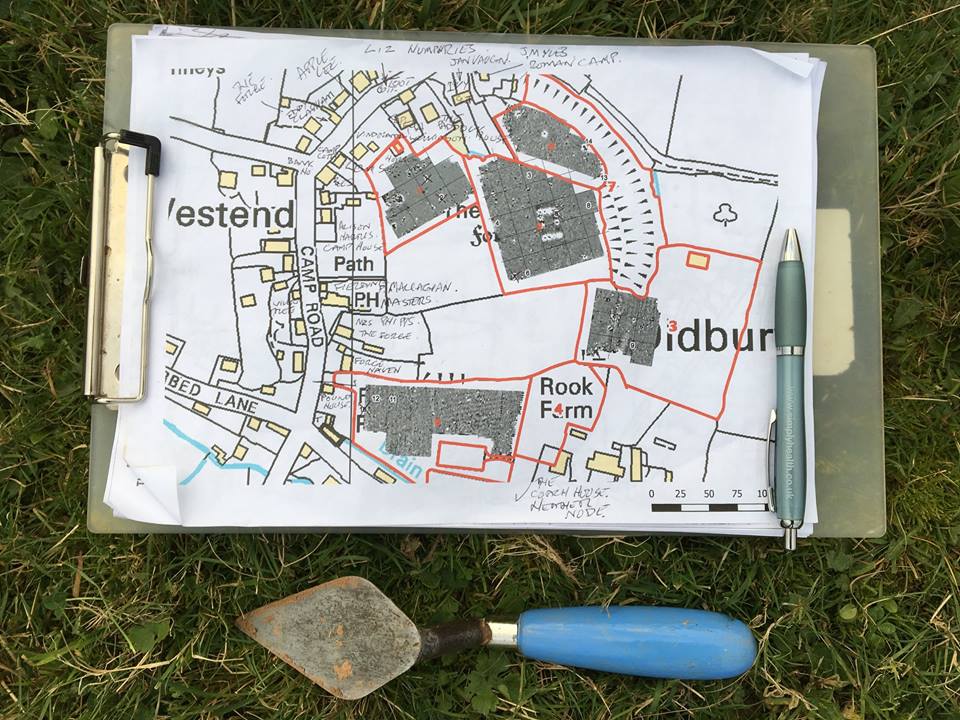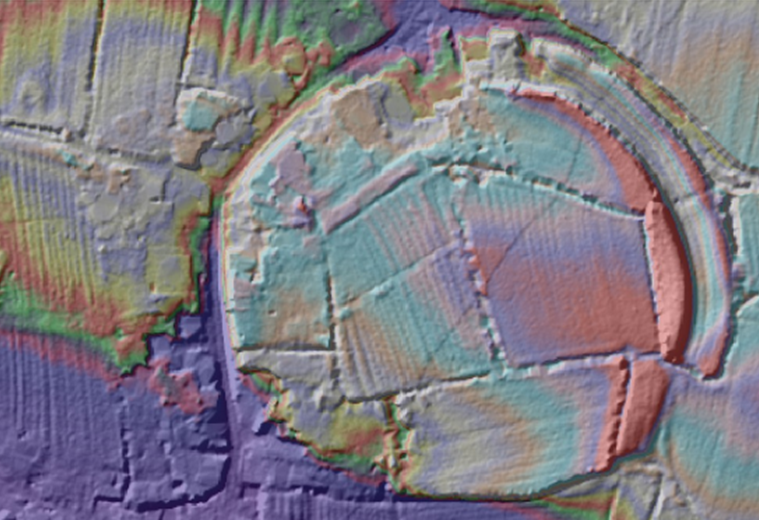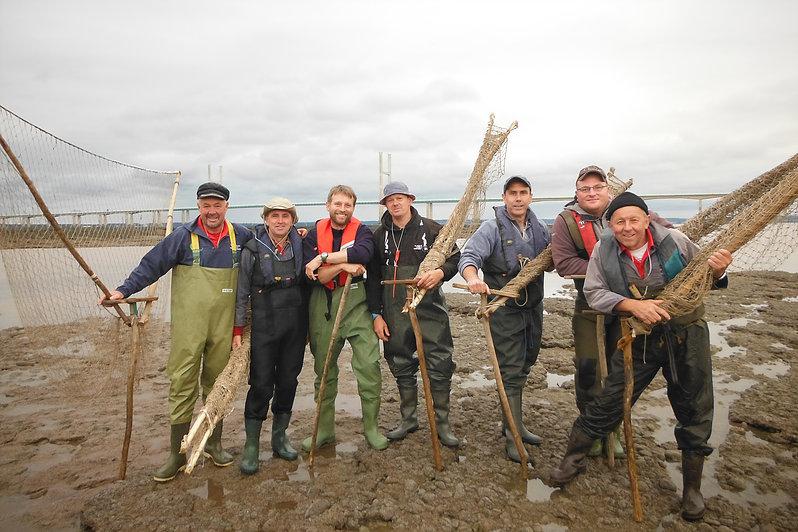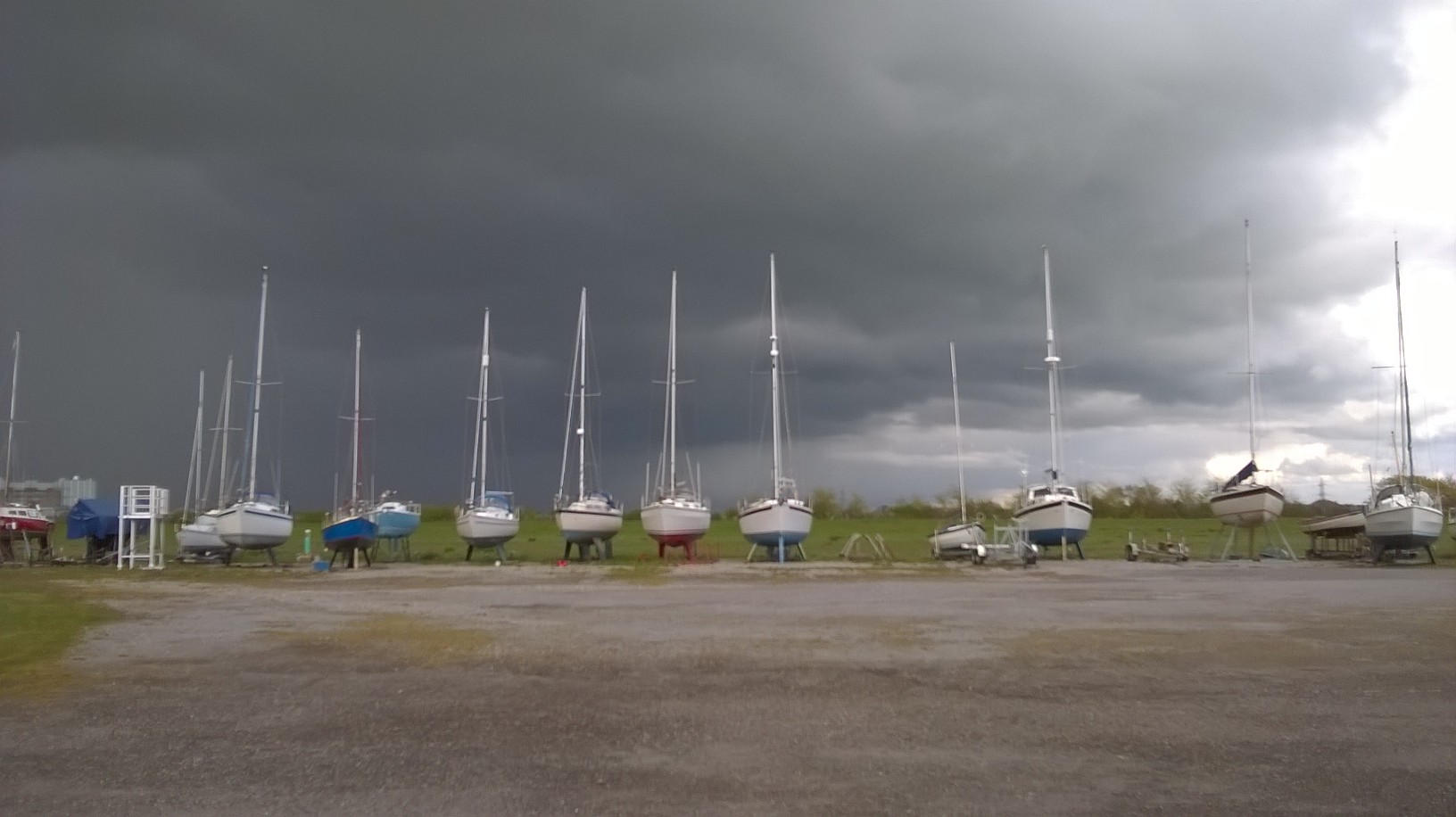Places to Visit / Locations
Littleton-upon-Severn
-
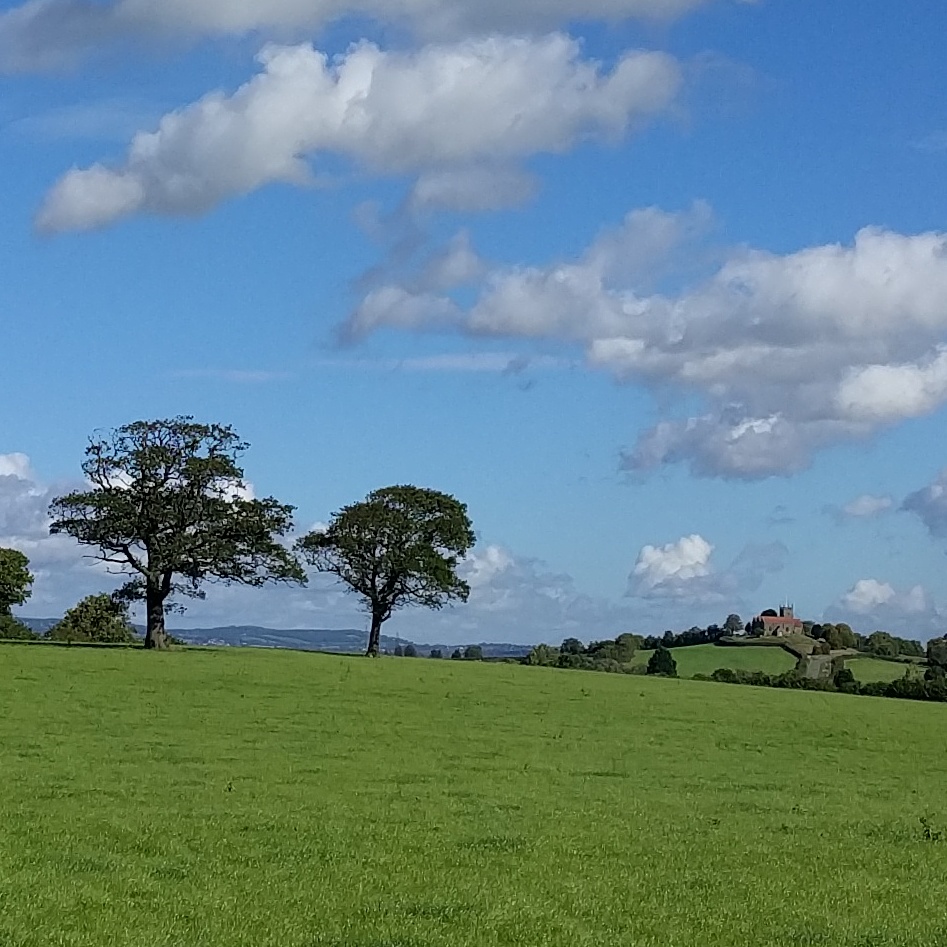 Littleton-upon-Severn
Littleton-upon-Severn -
 St Mary de Malmesbury, Littleton. Photo credit: James Flynn
St Mary de Malmesbury, Littleton. Photo credit: James Flynn -
 View of Littleton-upon-Severn
View of Littleton-upon-Severn -
 The White Hart, Littleton-upon-Severn
The White Hart, Littleton-upon-Severn
Littleton-upon-Severn is a small hamlet in South Gloucestershire three miles south of the market town of Thornbury. The village was laid out by King John in the 12th century for hunting wild boar and deer at a time when the Severn Vale would have been covered with forest. Today there are 60 houses and 150 residents.
The village has a church, a village hall and a popular 17th century family-run pub called The White Hart. Originally a farmhouse it still retains many original historic features.
The village lies close to the picturesque Severn Way, a 210-mile path that follows the river from it source at Plynlimon in the mountains of Wales to its mouth in the Severn Estuary.
Littleton is home to the Brick Pits, an artificial lagoon that was once the site of clay extraction for brick making. The Avon Wildlife Trust has reintroduced reed beds at the site and the reserve is now an important spot for migrating birds to feed and rest. It provides a breeding ground for reed and sedge warblers and reed buntings. In early autumn a variety of other migrant birds such as blackcaps, chiffchaffs, willow warblers and whitethroats visit the reserve.
Don’t miss
Did You Know?
In 2000 the villagers carried out a project to create an historical visual and written record of the village as it was at the beginning of this century. The results were preserved in the Littleton Millennium Record that was compiled by the village hall with copies distributed to every household in the village in 2002.
It covered specific topics that included milking, cider making, sheep-shearing and the hunt. As it coincided with the foot and mouth outbreak in 2001 it contains a valuable historical record of the how the outbreak affected the villagers on a personal level.

